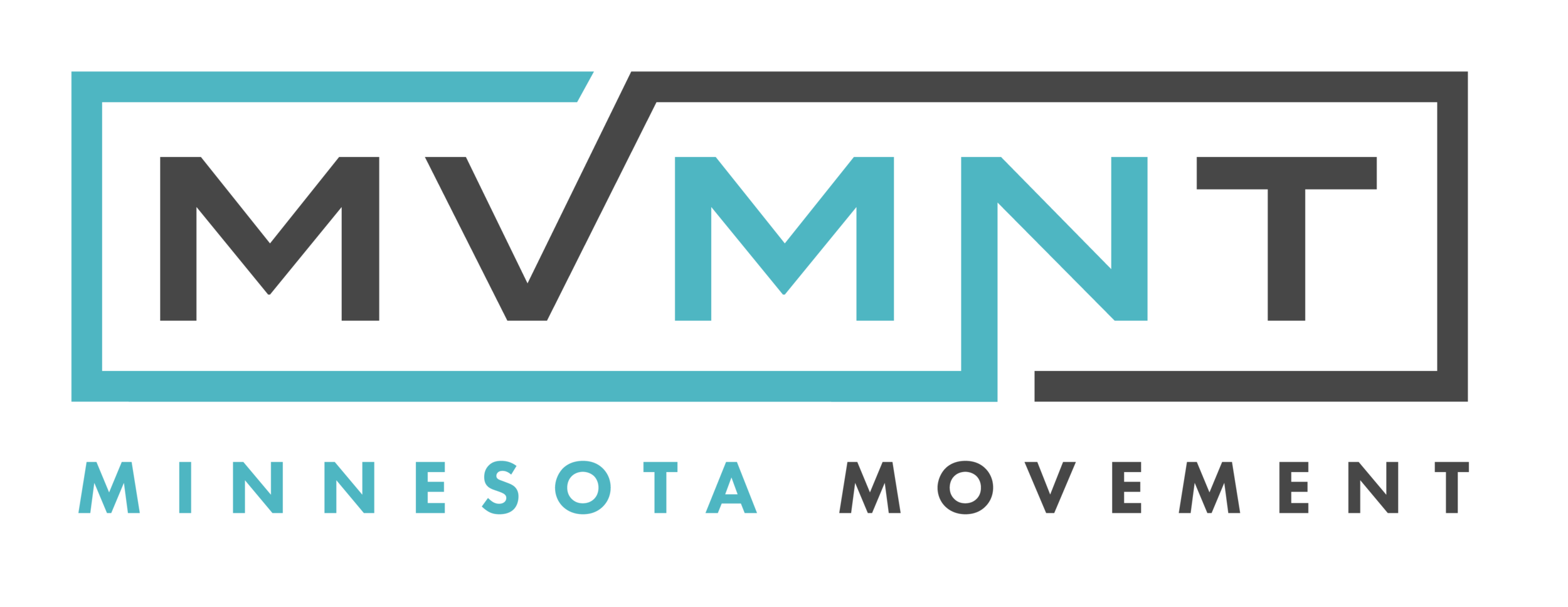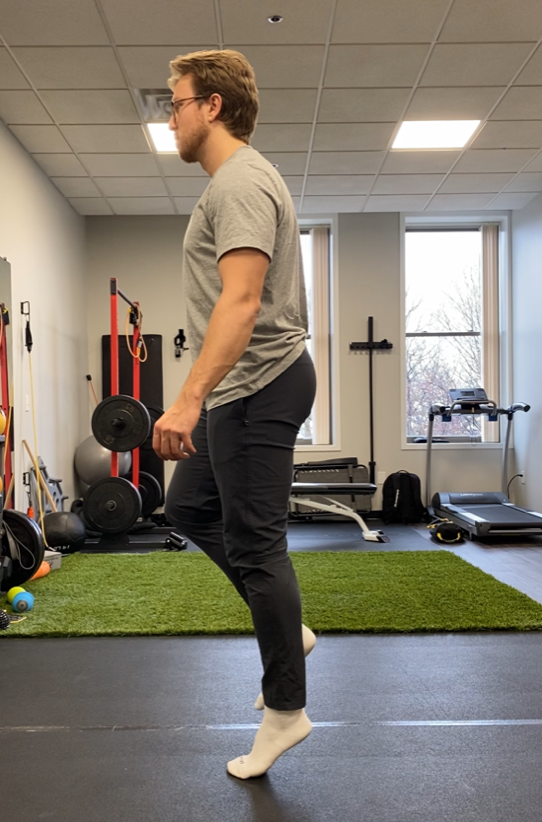Running Warm-Up / Three Key Exercises to Get Ready!
“Does a Lion warm up before it chases down a Gazelle?!”
No, it doesn’t. But you’re not a Lion. You’re a middle aged corporate worker who just sat on their butt for the last 8-10 hours and now you’re going to do a complete 180 and go be an athlete.
Yeah, it’s a good idea to do a quick, targeted, warm up!
A good running warm up is always important to make sure that your body is primed for the workload you’ll be placing on it. Warm ups aren’t just stretching. They include actively prepping the muscles and tissues that will be worked according to the exercise you’re about to embark upon.
For running, this should include exercises which get the feet, knees, glutes, and low back ready. Of course there are more muscles involved that could warrant some preparation prior to movement. But here at Minnesota Movement Chiropractic Sport and Spine, we often see that these are the main areas where people tend to feel discomfort while running which can then lead to injury down the line.
Single Leg Balancing Calf Raises will strengthen most of the aforementioned areas because you’ll have to really fight for stability which involves the feet, calves, and the glute medius. Try to do these without using aid for balance, but if you need some help you can place your hands on a countertop or a wall.
Anterior Tibialis Raises prevent shin splints by balancing out the calves and helps with deceleration. This ‘breaking mechanism’ of deceleration is crucial to being efficient while running. It doesn’t matter how fast your car can go 0 to 60 if it takes a lifetime to slow down from 60 to 0, right? The Anterior Tibialis is the muscle on the front of the shin which often goes undertrained but is as important as every other muscle especially for runners
The Adductor Oblique Twist combines hip strength with oblique movement. Just like the glute medius on the outside of the hips, the adductors create stability on the inside of the hips. Again, this all about balance across the body! Making sure one muscle group doesn’t overpower the other is the best injury prevention you can do. Combining that with a core movement such as the oblique twist teaches the body how to connect the upper body to the lower body. As the arms move back and forth when you run, the obliques twist and move with the shoulders. It’s this cross-over symmetry that allows us to be effective and efficient with our gait cycle. In turn, this produces flawless movement and limits the risk of injury or overuse pain.
Questions about your running warm up? Or about your gait? Let’s work together! Book a Foot and Gait Analysis today!



